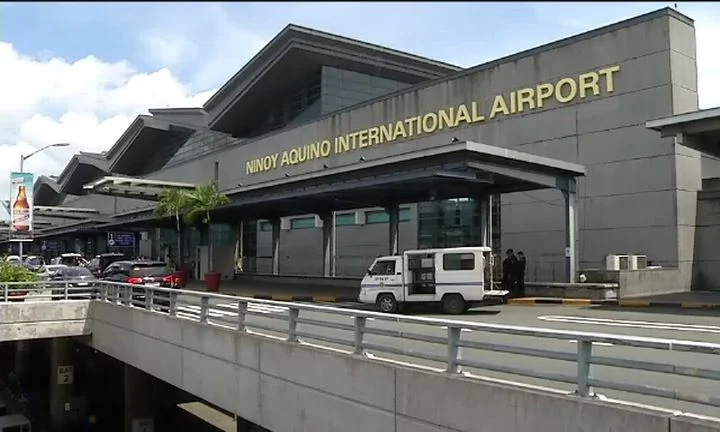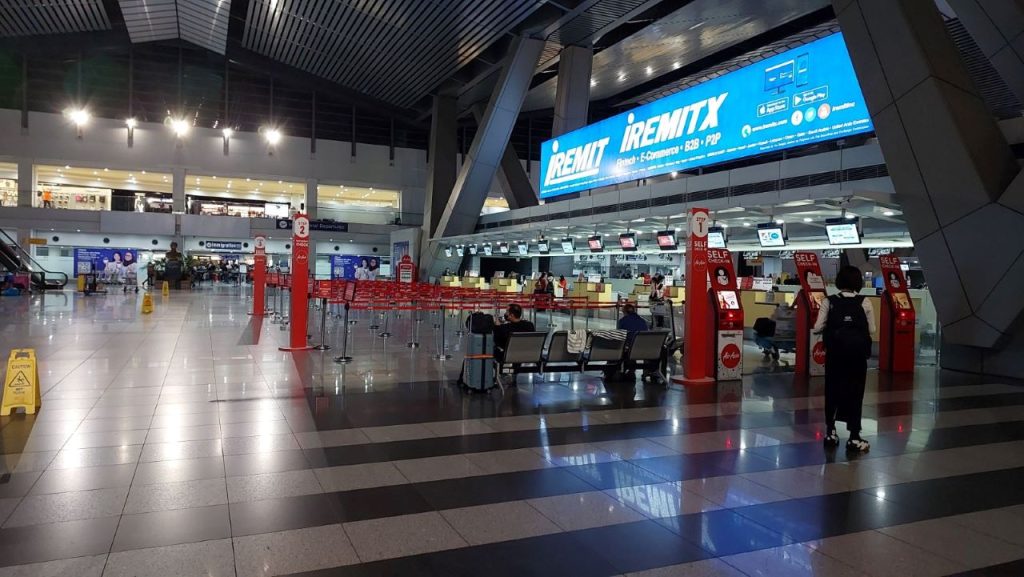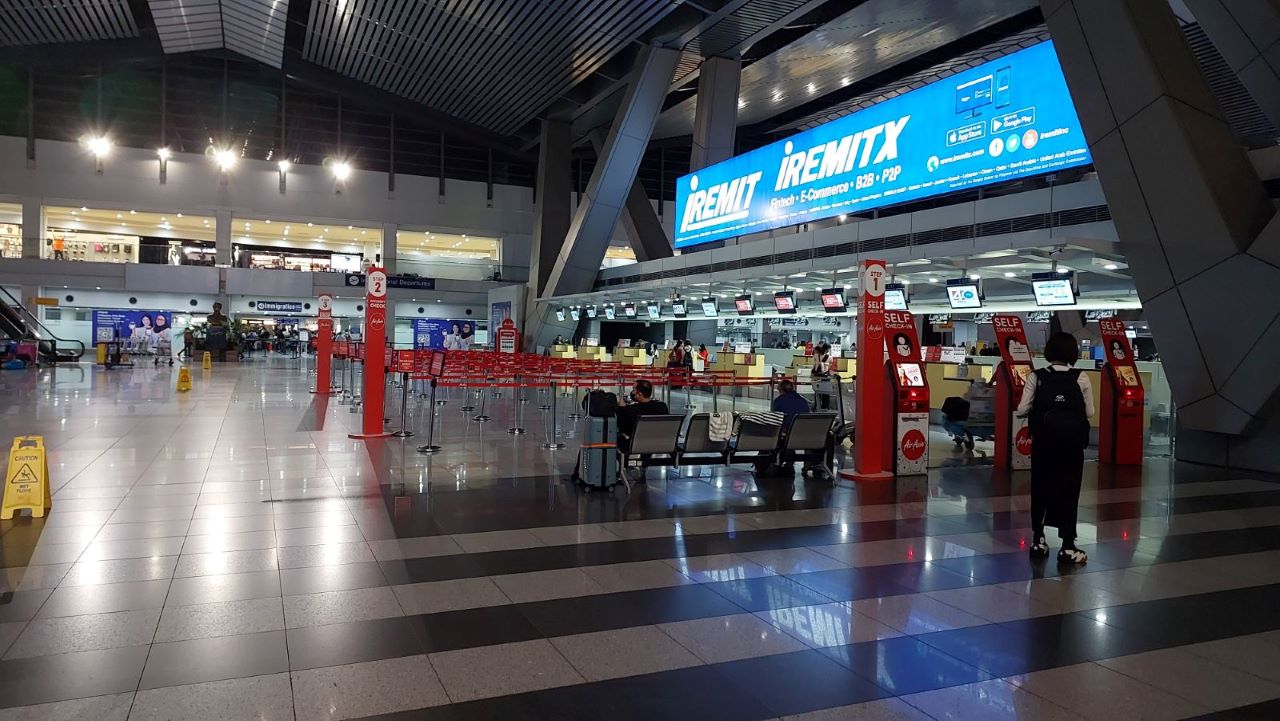The Manila International Airport Consortium (MIAC) has submitted a project to renovate the airport, which faces logistical problems and inefficiencies. The project, which aims to improve passenger experience and hasten renewal, is expected to be awarded by the first quarter of 2024. The consortium, consisting of six major Filipino conglomerates, has proposed a total project cost of PHP 267 billion to address the airport’s challenges and hasten its renewal. The consortium’s “Quick Wins” will be implemented in the first two years of the concession, aiming to enhance the passenger experience through digitalization and superior operations.
Property values in surrounding neighborhoods are likely to rise due to the airport’s upgrade. The condo in Las Piñas, which Crown Asia may own or want to develop, is one such property close to the airport that might benefit from more traffic and investment thanks to better amenities and infrastructure. The proposed PHP 57 billion upfront concession payment to the government is seen by MIAC as evidence of their commitment to turning NAIA into an international hub.
However, President Marcos’ directive to promote competitive bidding for the PPP agreement for the reconstruction of NAIA has led to the decision. The National Economic and Development Authority (NEDA) will conduct a solicited proposal on the DOTr’s behalf for the rehabilitation project, with a 15-year concession period and a P170.6 billion price tag assigned to the project.
Ninoy Aquino International Airport, One of Southeast Asia’s busiest and most crowded airports. Located in Manila, Philippines, it acts as a significant international travel hub. However, it has a reputation for having several logistical problems and inefficiencies, which may make what ought to be a simple trip into a terrifying struggle. This story describes the challenging journey of a fatigued traveler who got caught up in the turmoil of NAIA.
The challenges at the Ninoy Aquino International Airport (NAIA) will be proven to be difficult to resolve.
The main international entry point of the country’s flights has received numerous complaints from both domestic and foreign visitors recently. Long lineups, crippling power outages, protracted aircraft delays, and packed facilities are just a few of the problems the NAIA has to deal with. However, many of these only represent the tip, exactly like an iceberg
Ninoy Aquino International Airport and Its Never-Ending Turmoil

photo from: philippineflightnetwork.com
The never-ending lineups at the baggage counter, check-in, and immigration counters are the most hassle for millions of passengers. Passengers in the lineups, who were drained and impatient and eager to get to their destinations, snaked back and forth. Despite, passengers arriving more than ample time before their flight departure, they still face difficulties and delays with their busy schedules. Only a few of the many immigration stations were open, which made progress unbearably sluggish. The exhilaration of the traveler soon gave way to tiredness and frustration as the hours passed.
According to Baclig (2022), there are several reasons why flying can be unpleasant for passengers, including delays, long lines, and crying babies. Turbulence, luggage claims, and expensive drinks on the trip are other factors.
Despite having the lowest average stress levels of any region examined in the survey (34.0 percent), Southeast Asia and Oceania were nevertheless home to some of the most stressful airports in the world, including NAIA.
Next to Sydney Kingsford Smith International Airport in Australia (58.98 percent) and Tan Son Nhat International Airport in Vietnam (60.13 percent, the most stressed-out reviews of any airport in Southeast Asia), NAIA was ranked as the third most stressful airport in the region with 57.81 percent of its passenger reviews indicating stress.
According to recent evaluations for NAIA on Google Maps, frequent complaints from travelers included a lack of organization, lengthy queues, crowding, an absence of seats at the departure gates, and a delay in the release of luggage.
The Manila International Airport’s Rehabilitation Project

According to Rivas (Rappler, 2023). The Ninoy Aquino International Airport (NAIA), notable for being dubbed as the world’s worst business-class airport and one of the most stressful for visitors, has been targeted for rehabilitation by some of the Philippines’ tycoons.
The Avengers-style arrangement ensures that the airport fix will receive the funding, although negotiations stalled during Rodrigo Duterte’s previous administration owing to regulatory stalemates. A second attempt is being made by the billionaire team under President Ferdinand Marcos Jr. The following six conglomerates have come together: JG Summit Infrastructure Holdings Corporation, Alliance Global-Infracorp Development, Asia’s Emerging Dragon Corporation, and Aboitiz InfraCapital. They have offered the Philippine government a 100 billion peso (P) unsolicited proposal.
According to Roberto Lim, the Transportation Undersecretary for Aviation and Airports, PortCalls noted that the awarding of the Ninoy Aquino International Airport (NAIA) rehabilitation and maintenance project is anticipated for the first quarter of 2024.
By the first quarter of the next year (2024), we may state that. In an interview with ANC on June 7, Lim stated, “It is possible that there will be a conclusion, which is to say a reward, that might perhaps be announced by the government.
On June 2 of this year, the Department of Transportation and the Manila International Airport Authority (MIAA) jointly filed a plan to renovate NAIA to the National Economic and Development Authority.
The Vision for a Filipino-Inspired Interior for Naia Terminal 2 Received Mixed Criticisms
According to Malasig (2023), The DOT and the Department of Transportation (DOTr) declared that Filipino accents like Solihiya wall panels and locally created furnishings have improved the terminal’s aesthetic.
Additionally, it installed new charging stations, comfortable waiting rooms in key locations, tourist information centers, a relaxing area with a little garden, and lounging areas. Local materials were also used to improve the airport help desks in the arrival and departure sectors. The project, according to tourism secretary Christina Frasco, is “to give tourists and travelers alike a reminder of how beautiful our country is and how talented our Filipino workers are.”
This program is being implemented as part of the DOT’s primary goal to improve the overall tourist experience, which also includes relaxing health and safety regulations, streamlining entry requirements to the Philippines, and exploring visa modifications for travelers’ convenience.
Some people praised the improvement, saying it had a more “welcoming” feel. Others, on the other hand, were more critical of the modifications since they highlighted the current system that Filipinos are subjected to, particularly at the hands of immigration authorities. The remarks were made in reaction to the recent blunders the Bureau of Immigration (BI) has made.
The Department of Justice claimed that the BI was changing its immigration policies in response to complaints about its allegedly stringent guidelines for departing tourists.
What’s the Next Update for the Rehabilitation Project for the Airport?
It is indeed good news with the recent news about the master plan for airport rehabilitation.

photo from: NAIA Terminal 1 (upper left): rappler.com | NAIA Terminal 2 (upper right) traveloka.com | NAIA Terminal 3 (lower left) philippineflightnetwork.com | NAIA Terminal 4 (bottom right) traveloka.com
Finally! The Neda Board Accepts the NAIA Rehab Proposal That Was Requested.
According to Ralf Rivas (2023), last week, Wednesday, July 19, the National Economic and Development Authority (NEDA) Board authorized a number of infrastructure projects as well as modifications to already approved ones, including the sought proposal for the Ninoy Aquino International Airport (NAIA) renovation.
NEDA Secretary Arsenio Balisacan stated during a press conference at Malacaang that the P170.6 billion proposal of the Department of Transportation (DOTr) and the Manila International Airport Authority (MIAA) asks the private sector to assist in resolving long-standing issues at NAIA, such as insufficient passenger capacity and constrained aircraft movement.
Moreover, the MIAC, proposed that an experienced airport operator’s comprehensive and integrated plan is essential for a high-performing airport. MIAC is in a strong position to solve regional nuances and potential difficulties thanks to its extensive credentials and expertise in large-scale infrastructure PPPs. The technical partner, GIP, has a list of successful airports in its portfolio, including Sydney, Gatwick, and Edinburgh, demonstrating its proficiency in maximizing airport footprint usage. With this strategy, the NAIA’s current design would benefit and a smooth transition to a more effective airport would be guaranteed.
Accelerating the Renovations
According to Inquirer.net, in the Unsolicited Proposal (USP) for the rehabilitation and modernization of NAIA that it had submitted to the government in April, the Manila International Airport Consortium (MIAC) has proposed a total project cost of approximately PHP 267 billion to address NAIA’s challenges and hasten its renewal. The level of investment anticipated by the Consortium, which is higher than previous estimates and projections, demonstrates both its unwavering dedication to the project and its confidence in the potential of NAIA, Mega Manila, and the Philippines as a whole.
Who is MIAC?
Aboitiz InfraCapital, Inc., AC Infrastructure Holdings Corporation, Asia’s Emerging Dragon Corporation, Alliance Global – Infracorp Development Inc., Filinvest Development Corporation, and JG Summit Infrastructure Holdings Corporation are six of the largest Filipino conglomerates that make up MIAC. Global Infrastructure Partners (GIP), a US-based global, independent infrastructure fund manager and one of the largest non-listed airport operators in the world, is also a member.
The chronic underinvestment at NAIA over the previous 20 years, which has been the primary cause of its current condition, is reversed by MIAC’s planned project cost. The NAIA’s facilities have become antiquated and occasionally even non-operational as a result of the lack of investment. Elevators, air conditioning units, air bridges, check-in desks, and baggage handling systems are just a few of the electrical devices that require maintenance or replacement. Equipment at the airport needs to be upgraded for both passengers and aircraft. Additionally, efficiency checks on the actual passenger handling procedures are required.
Landside: Enhancing the Passenger Experience Through Digitalization and Superior Operations
One of the conclusions the Consortium came to from the NAIA studies undertaken by MIAC was that the airport, at least in its current design, was not poorly built, but rather poorly optimized.
The first phase of the Consortium’s “Quick Wins,” which will be implemented in the first two years of the concession, will be implemented as part of efforts to bring efficiency. These three key issues will be addressed as part of the Consortium’s multi-phased Masterplan.
High Likelihood of Success Because of the Mega Consortium’s PHP 57 Billion Initial Payment
Given the size and scope of the NAIA’s rehabilitation and upgrade needs, it’s critical that the entity handling it has the necessary credentials, track record, and experience, particularly in the PPP and airport sectors.
The proposed PHP 57 billion upfront concession payment to the government, the largest ever made for a transportation Public-Private Partnership in the nation, is seen by MIAC as evidence of their commitment. The upfront concession payment—often cited as a criterion in many PPP bids—offered by MIAC will not only help the nation’s fiscal space but also show the Consortium’s dedication and willingness to spend resources to turn NAIA into an international hub.
However, a recent report has been published that President Marcos’ directive to promote competitive bidding for the public-private partnership (PPP) agreement for the reconstruction of the Ninoy Aquino International Airport (NAIA), according to Finance Secretary Benjamin Diokno, motivated the decision.
Diokno had previously stated that the DOTr was evaluating two unsolicited offers that had been presented by the Duterte administration as well as another proposal put out by the Manila International Airport Consortium (MIAC) in June.
According to NEDA Secretary Arsenio M. Balisacan, President Marcos’ decision essentially “de facto closed” the MIAC’s unsolicited bid for P267 billion.
Moreover, Philstar added that The National Economic and Development Authority (NEDA) announced that it will be conducting a solicited proposal on the DOTr’s behalf for the rehabilitation project in its place after the Department of Transportation (DOTr) rejected the unsolicited bid by the so-called “mega consortium” of tycoons attached to the Manila International Airport Consortium (MIAC).
A 15-year concession period and a P170.6 billion price tag have been assigned to the project. The DOTr’s proposal, which will now go through a competitive bidding phase without offering the kinds of special benefits that may have come with the mega consortium’s initial unsolicited proposal, was helped created with the assistance of the Asian Development Bank.
Related Blog: Joint Proposal for NAIA Rehabilitation: What it Means for the Future Manila’s Main Gateway?


